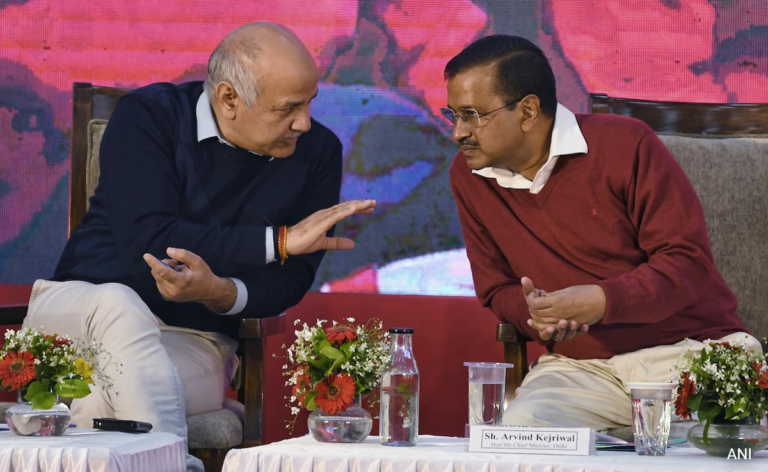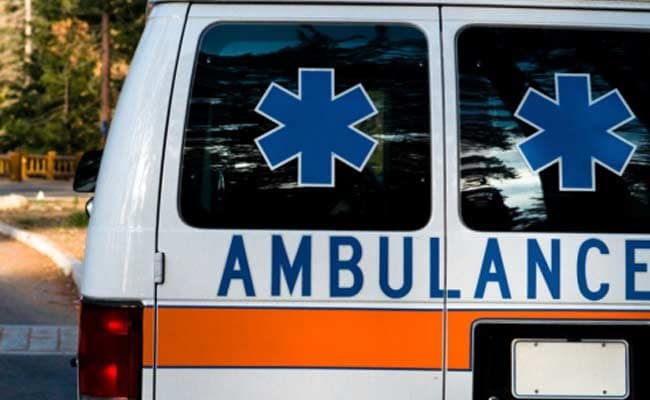The accident at the popular Kalkaji temple in South Delhi that resulted in the death of one person has a ring of deja vu about it. Poor planning, shoddy crowd management, indifference to permissions and safety arrangements have been highlighted as reasons behind the incident. A makeshift platform erected for a jagran (devotional musical performance) collapsed when 50-60 people reportedly climbed onto it. Police have said the organisers did not have permission to hold the event. Temple authorities too said the same.

Accidents at festivals and functions at religious places are not uncommon. In March last year, 36 people died when a structure built over a stepwell in a temple in Indore collapsed. The covering was not meant for so many people to stand on. In 2016, 102 persons were killed in a blaze following fireworks at a temple near Kollam, Kerala: The fireworks were unauthorised. In Sabarimala in 2011, 104 people died in a stampede; as did 224 in Chamunda Devi, Jodhpur, in 2008; and 291 in Mandher Devi temple, Wai, Maharashtra, in 2005. There are scores of such incidents that have resulted in thousands of deaths. In each case, probes have zeroed in on the same reasons — poor crowd management and construction, and negligence of safety measures.
Festivals are integral to Indian social and religious life. Organisers have to be educated about the perils of ignoring safety nets at festivals. The successful conduct of events such as the Kumbh Mela has revealed that administrations in India do have methods, systems and technology to manage large crowds. Also, pilgrims, tourists, and devotees need to be sensitised on orderly conduct. Every life is precious and even a single death is unacceptable.
Continue reading with HT Premium Subscription
Daily E Paper I Premium Articles I Brunch E Magazine I Daily Infographics








